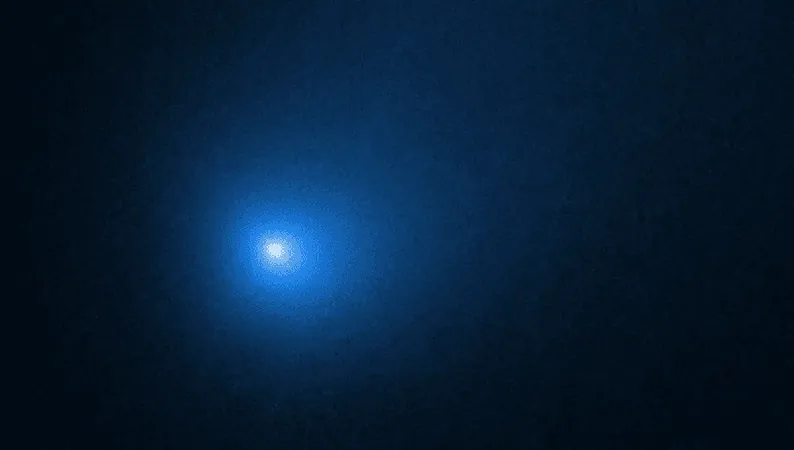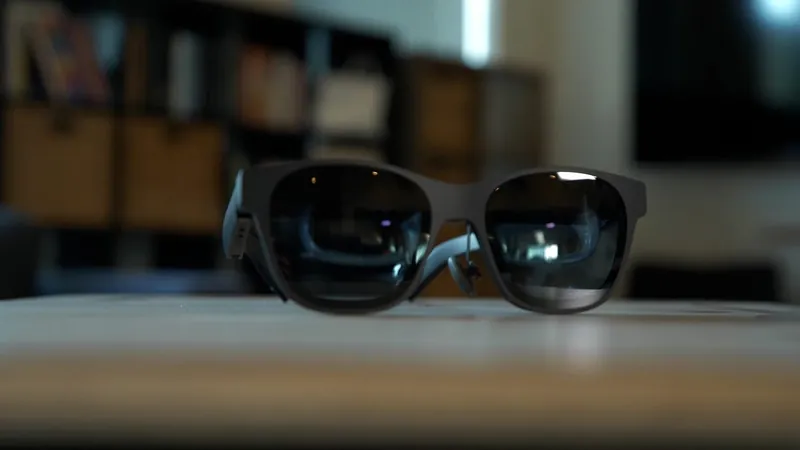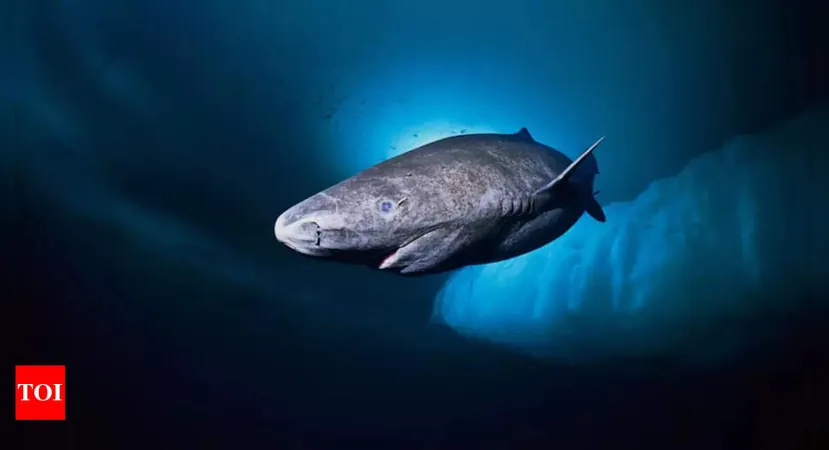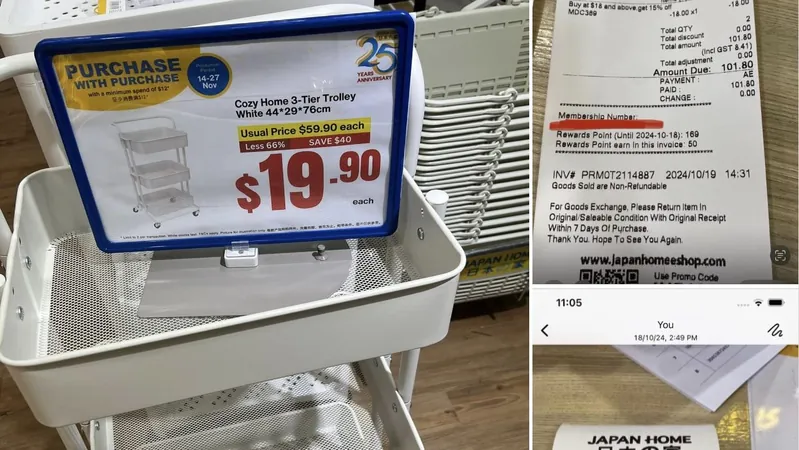
The Sun Could Encounter Over 1 Million Interstellar Objects: Here's What You Need to Know!
2024-11-27
Author: Yu
For decades, interstellar objects (ISOs) were considered largely theoretical, until the unexpected arrivals of ‘Oumuamua in 2017 and Comet Borisov in 2019 changed everything. These groundbreaking discoveries sparked a surge of interest in the study of ISOs and what they could reveal about our universe. Researchers are now estimating that our Solar System could cross paths with more than one million of these extraterrestrial travelers as they navigate through the galaxy.
Dr. John Forbes and His Research
Leading this pioneering research is Dr. John Forbes from the University of Canterbury in New Zealand. His work is built on previous findings by co-author Simon Portegies Zwart, which suggest that when asteroids and comets are ejected from their star systems, they form streams that trail behind these celestial bodies. Over billions of years, these streams will stretch and wind their way around the galaxy due to the gravitational forces exerted by nearby stars and gas clouds.
Recent Study on ISO Encounters
In a recent study awaiting peer review, Dr. Forbes and his team meticulously analyzed the interactions of these streams and assessed how many ISOs the Solar System is likely to encounter over time. Their estimates suggest that the number of ISO streams intersected by the Sun and its planets could exceed one million! To put this into perspective, the volume of objects could be compared to the countless pebbles making up a braided river bed of approximately 100 kilometers (62 miles) long.
Sibling and Cousin ISOs
But the excitement doesn’t stop there! If researchers can gather a large enough sample of ISOs, they might be able to determine whether these objects originated from the same star or star cluster. The team has dubbed those from the same star "sibling ISOs" and those from the same cluster "cousin ISOs."
The Mechanics of Identification
Dr. Forbes expressed his enthusiasm for this possibility, stating, “We predict that siblings should be distinguishable based on the velocity with which they enter the Solar System. If we detect an ISO arriving with a velocity closely matching that of another we've observed, it could indicate they are siblings.” However, distinguishing “cousins” will be trickier due to the wide range of velocities.
Challenges in Orbit Tracing
Current predictions indicate that typical ISOs passing through the inner Solar System have been orbiting the galaxy for billions of years. Although researchers are optimistic they can trace their orbits back tens of millions of years, disturbances from molecular clouds and other gravitational influences may complicate this effort.
Classifications and Predictions
The researchers believe that at least 100 classifications of ISOs will be necessary to reliably identify sibling ISOs. With estimates suggesting we could see around 30 ISOs annually within Mars’ orbit, advancements in detection technology from initiatives like the Vera C. Rubin Observatory and the NEO Surveyor mission may soon provide clearer insights, as experts believe thousands of ISOs might exist within Neptune's orbit.
Looking Forward to a New Era
“It’s an exciting time for the field of ISO research!” Dr. Forbes exclaimed. “With the upcoming survey from the Rubin Observatory set to launch early next year, we anticipate an incredible influx of data, which could fundamentally change our understanding of ISOs.”
As humanity stands on the brink of potentially unlocking the mysteries of interstellar space, one thing is clear: the cosmos holds many secrets, and the Sun is destined to encounter a staggering array of these enigmatic objects. Get ready, because a new chapter in our understanding of the universe is about to unfold!



 Brasil (PT)
Brasil (PT)
 Canada (EN)
Canada (EN)
 Chile (ES)
Chile (ES)
 España (ES)
España (ES)
 France (FR)
France (FR)
 Hong Kong (EN)
Hong Kong (EN)
 Italia (IT)
Italia (IT)
 日本 (JA)
日本 (JA)
 Magyarország (HU)
Magyarország (HU)
 Norge (NO)
Norge (NO)
 Polska (PL)
Polska (PL)
 Schweiz (DE)
Schweiz (DE)
 Singapore (EN)
Singapore (EN)
 Sverige (SV)
Sverige (SV)
 Suomi (FI)
Suomi (FI)
 Türkiye (TR)
Türkiye (TR)